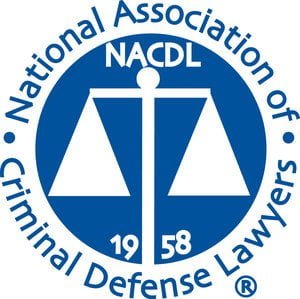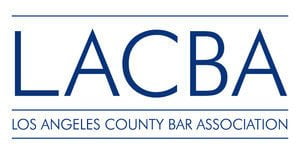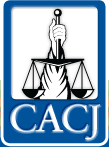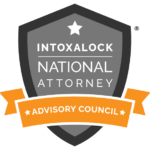
Collaborative justice courts, also known as problem-solving courts, entails a combination of judicial supervision with rehabilitation services. These courts are dedicated to reduce reoffending and improve offender outcomes.
Goals of drug court programs
Drug courts are an example of these collaborative justice courts. A drug court is an evidence-based court program that provides an alternative to the traditional criminal justice case adjudication for high-risk individuals, specifically those struggling with substance use disorders. This court takes a team-based model and a less adversarial approach to case processing. It operates by combing judicial oversight and monitoring with intensive supervision and substance abuse treatment services instead of incarceration. The overall logic behind drug courts is that both the offender and the justice system would rather opt out of incarceration if other means of rehabilitation are available. However, some of the primary goals of drug courts include:
- To reduce reoffending and substance abuse in substance abuse offenders
- To increase the likelihood of successful rehabilitation of an offender by dealing with substance abuse or other underlying issues that may have influenced the offender’s criminal justice involvement
- To reduce the national cost of incarceration
How does drug court work?
The drug courts are governed by the National Association of Drug Court Professionals (NADCP) guidelines. NADCP’s Best Practice Standards outline specific, well-researched information on drug court best practices.
After entering a guilty plea, the offenders are placed in drug court. The charges are often reduced after the successful completion of the drug court program.
Common types of drug courts
The California Justice System has developed programs for adult, juvenile, and dependency offenders.
1. Adult Drug Courts
These courts focus on adult offenders. The main purpose of adult courts is to provide access to treatment for substance-abusing offenders whilst diminishing the use of incarceration.
2. Juvenile Drug Courts
These courts focus on the delinquency matters that involve substance-using juveniles by offering immediate and serious intervention with continuous court supervision and includes:
- Requiring both the juvenile and family to participate in the treatment
- Submission to frequent drug testing
- Regularly attending court status hearings
- Compliance with other court conditions aimed at accountability, rehabilitation, long-term sobriety as well as the termination of criminal activity
3. Dependency Drug Courts
These courts deal with cases involving parental rights where the party litigant is a parent who has been charged with substance abuse. This program is aimed at availing parents with the requisite parenting skills and treatment for their substance abuse so as to enable their children to stay safe while under their care. This also helps to decrease the number of children placed in foster care.
The drug court system also uses four types of models during their court proceedings:
- Pre-plea models: This model presents drug possession offenders a stay of prosecution if they participate in court-supervised treatment. Following the successful completion of the drug court program, the offender is discharged without a criminal record. Where the participant fails to complete the program, charges are filed and adjudicated upon.
- Post-plea models: This model necessitates that the defendant enters a guilty plea before beginning the treatment. The treatment ordinarily takes place for nine months to three years. Upon the successful completion of the program, the criminal charges are dismissed. Failure to complete the program, however, leads to the sentencing phase of adjudication.
- Post-adjudication models: This model allows repeat drug offenders to join treatment after their conviction but before serving their sentence. Successful completion of the program permits the offenders to serve their sentence while undergoing treatment as opposed to while in custody. Failure to conclude the program leads to the direct activation of their sentence.
- The civil model: This model mainly focuses on offenders who are currently involved in civil actions like child custody battles. This model requires the individual to enter into a treatment program as a condition to retain custody.
Drug courts are particularly important to offenders because they offer the chance at rehabilitation without spending time behind bars. For successful participants, California Penal Code 1000 allows courts to dismiss all criminal charges or seal the criminal record related to the offense.
Many studies have shown a strong relationship between substance abuse and crime. At Criminal Defense Heroes, P.C., we believe in second chances. We have extensive experience dealing with clients who are have struggled with substance abuse. We will be your advocates and heroes in the courtroom. To find out more about drug addiction treatment in the California Criminal Justice System, call us now at (323) 529-3660.









